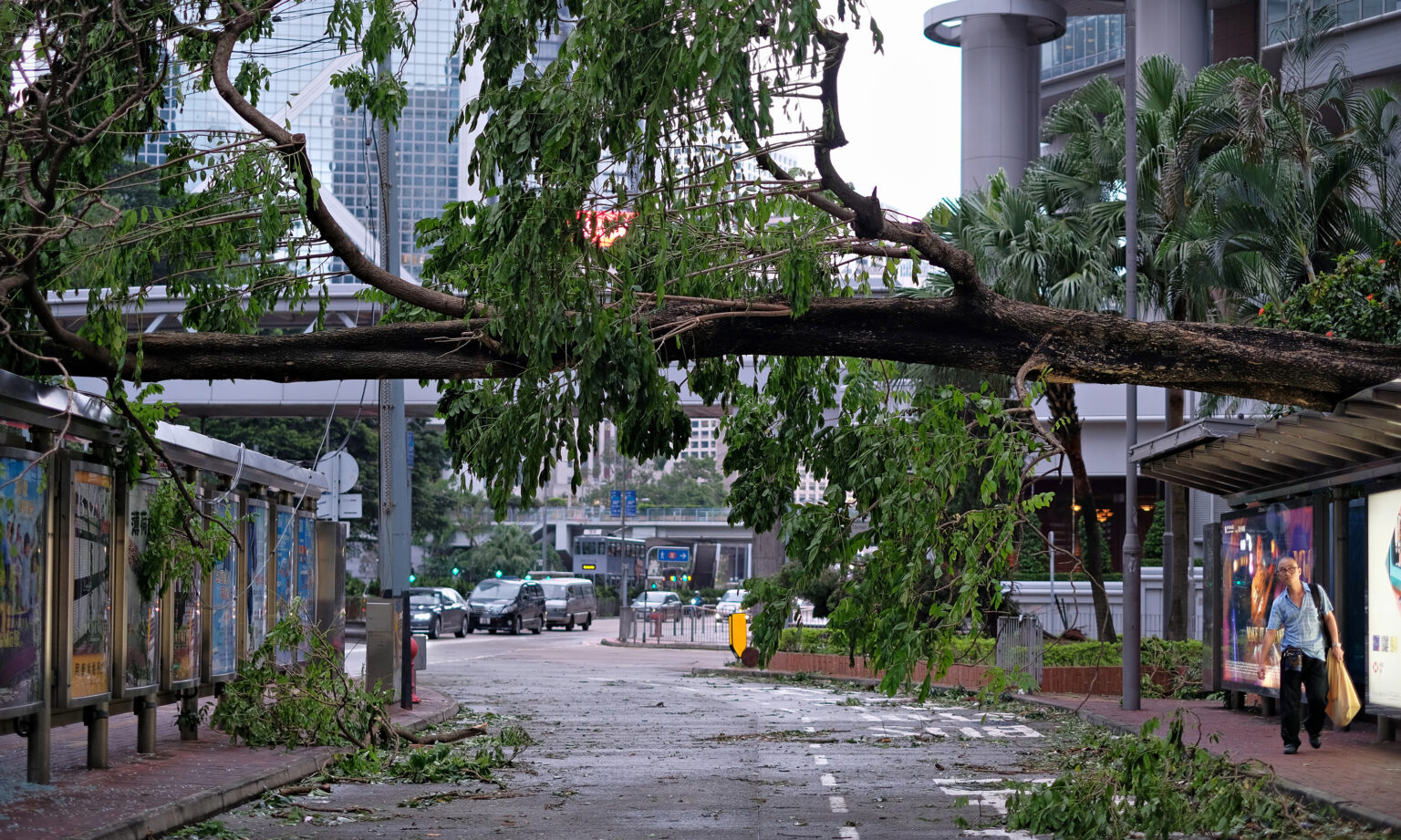Hong Kong is famed for its hot and humid summers, as well as its typhoons — a rotating system of clouds and thunderstorms that form over tropical or subtropical waters. Often, they bring destructive winds and lashing rain, which causes immense damage and destruction when they make landfall.
Here’s a list of some of the worst typhoons in Hong Kong’s history — some of them dating back more than 100 years, and others being as recent as five years ago.
1. Unnamed Typhoon (1906)
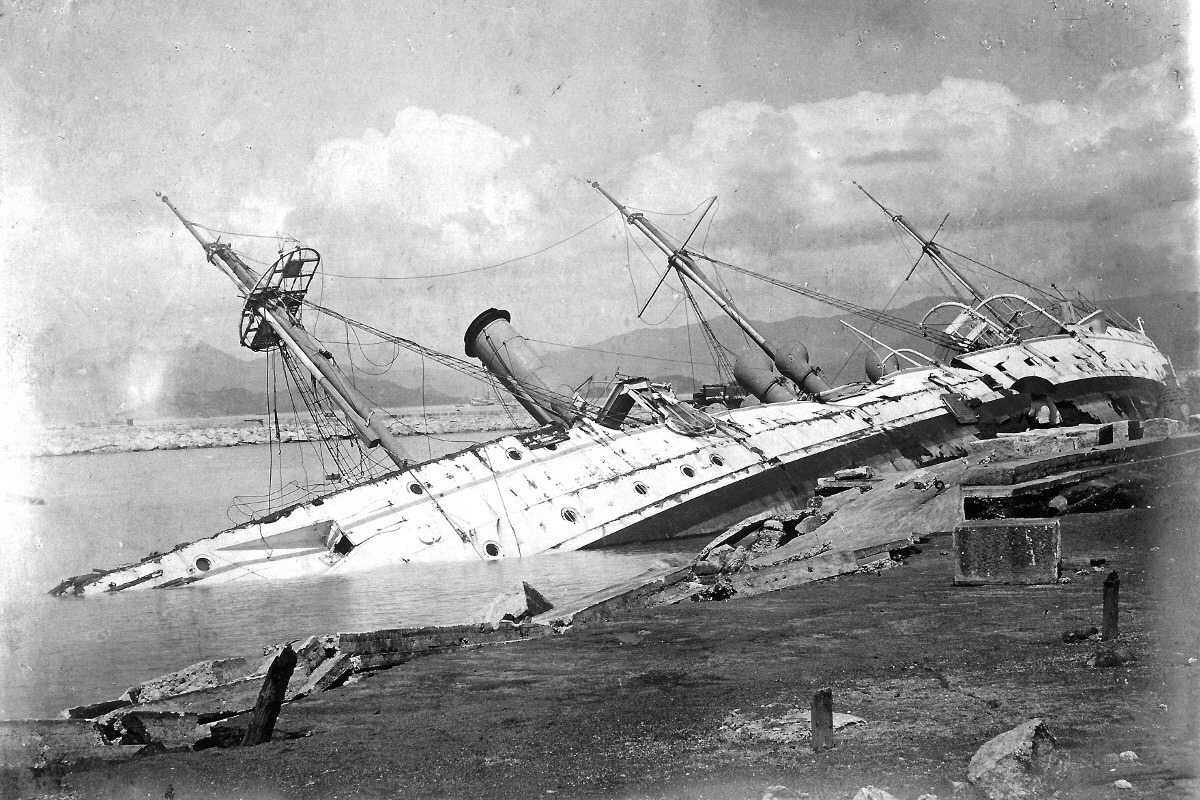
The Hong Kong Observatory may now give residents of the city several days’ notice before a typhoon strikes this city, but this wasn’t the case in 1906. While it was standard practice at the time to issue warnings when a typhoon was within 300 km from the territory, on September 16 that year, Hongkongers got barely half an hour to brace themselves for the impact of an unnamed storm that eventually took the lives of 5% of the city’s population.
Many ships that were moored along Sai Wan to Causeway Bay and in Kowloon Wharf were seriously damaged and sank in the harbour, most notably the HMS Phoenix. This disaster led to the development of an early warning system for future typhoon alerts.
2. The Great Hong Kong Typhoon (1937)
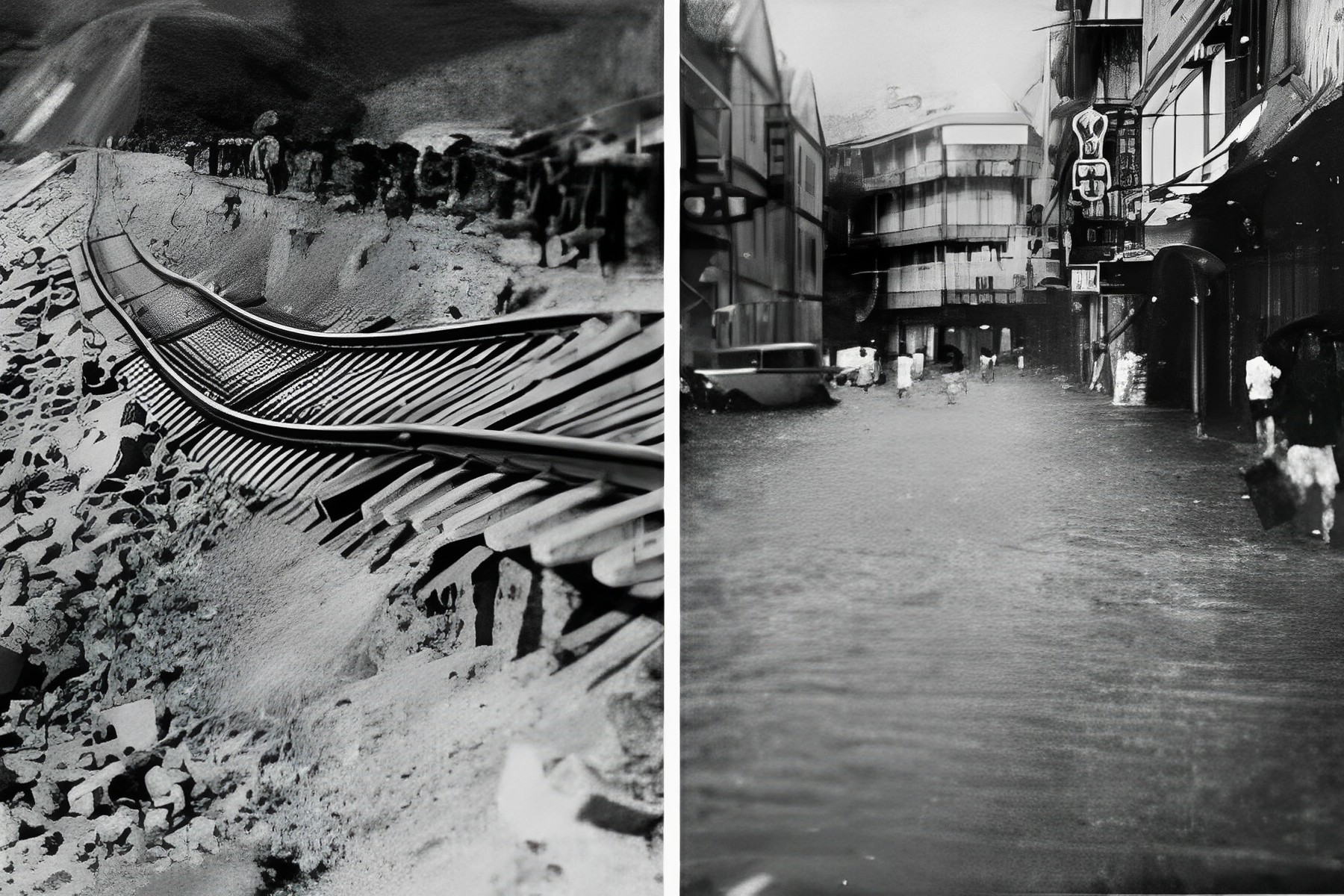
This is often considered the worst typhoon to ever strike Hong Kong as it killed more than 11,000 people. The early-September storm was remarkable for its wind speeds, which caused a 30-feet-high wave that laid waste to the villages of Tai Po and Sha Tin.
In fact, the wind speeds exceeded the capability of the observatory’s equipment, which meant that the true maximum gust of this storm was never recorded. There was havoc throughout the city, with photographs showing extensive damage to Kowloon-Canton Railway track at Sha Tin, and flooding in Hillier Street and Wing Lok Street in Sheung Wan.
3. Typhoon Mary (1960)
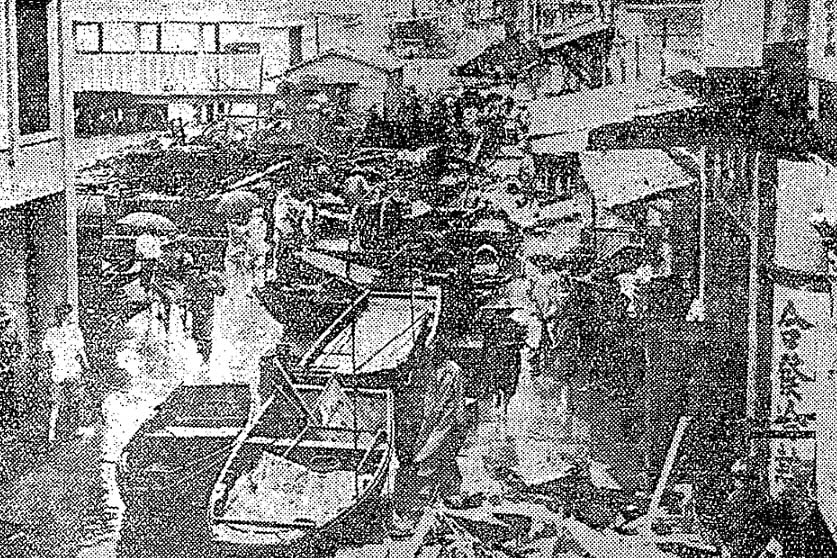
This early summer typhoon, which made landfall in the city on June 8, was nicknamed Bloody Mary as it was considered the worst storm since The Great Hong Kong Typhoon — leading the observatory to raise various warning signals for a record-breaking 127 hours and 25 minutes.
The T10 typhoon generated winds strong enough to lift large freight ships out of the water and deposit them on land, and cause widespread mudslides and floods across the territory. Typhoon Mary also destroyed the tin and tarpaper shacks made by Mainland Chinese refugees, rendering 18,000 of them homeless.
4. Typhoon Wanda (1962)
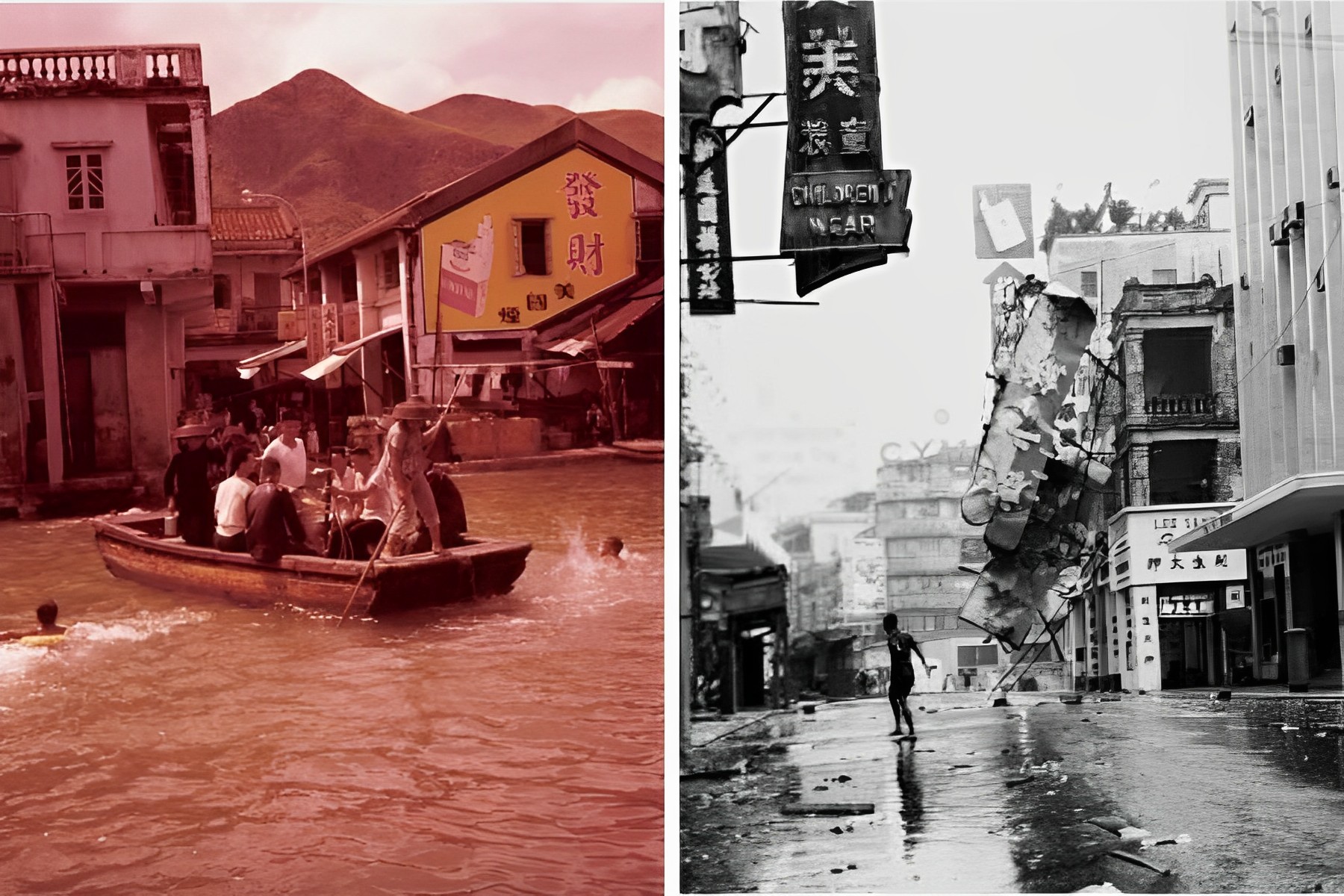
Wanda struck Hong Kong during the daily high tide on September 1, which caused waves that were at least 17 feet higher than normal. These waves caused massive flooding around Tolo Harbour, and swept away squatter huts in Sha Tin.
The winds ripped fishing vessels from the water and tossed them onto streets, and the storm surge destroyed Sha Tin Airfield. After Wanda subsided, it was found that 72,000 people were left homeless and that damages amounting to today’s equivalent of HK$2.6 billion were wrought by the storm.
5. Typhoon Rose (1971)
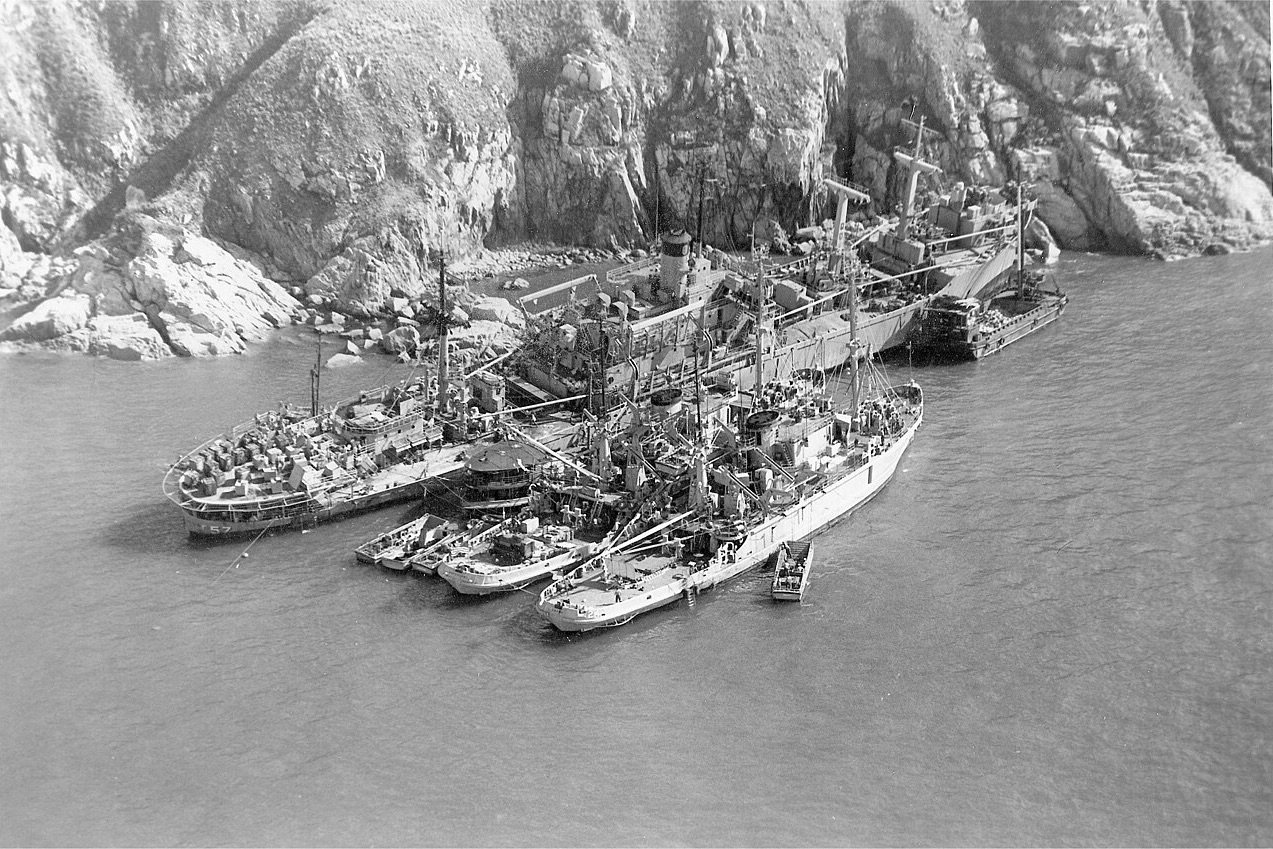
Typhoon Rose was unusual in that it also brought fog, an uncommon occurrence during a typhoon. When it hit the territory on August 17, it left a trail of destruction in its wake, damaging 300 ships — including a packed ferry — and disrupting telephones wires that left 30,000 people without means of communication.
One of the defining incidents of this Typhoon is the Kwun Tong substation fire that could not be put out due to strong winds, leaving many without electricity and trapping thousands in elevators. Six buildings were damaged so badly that they had to be demolished later.
6. Typhoon Ellen (1983)
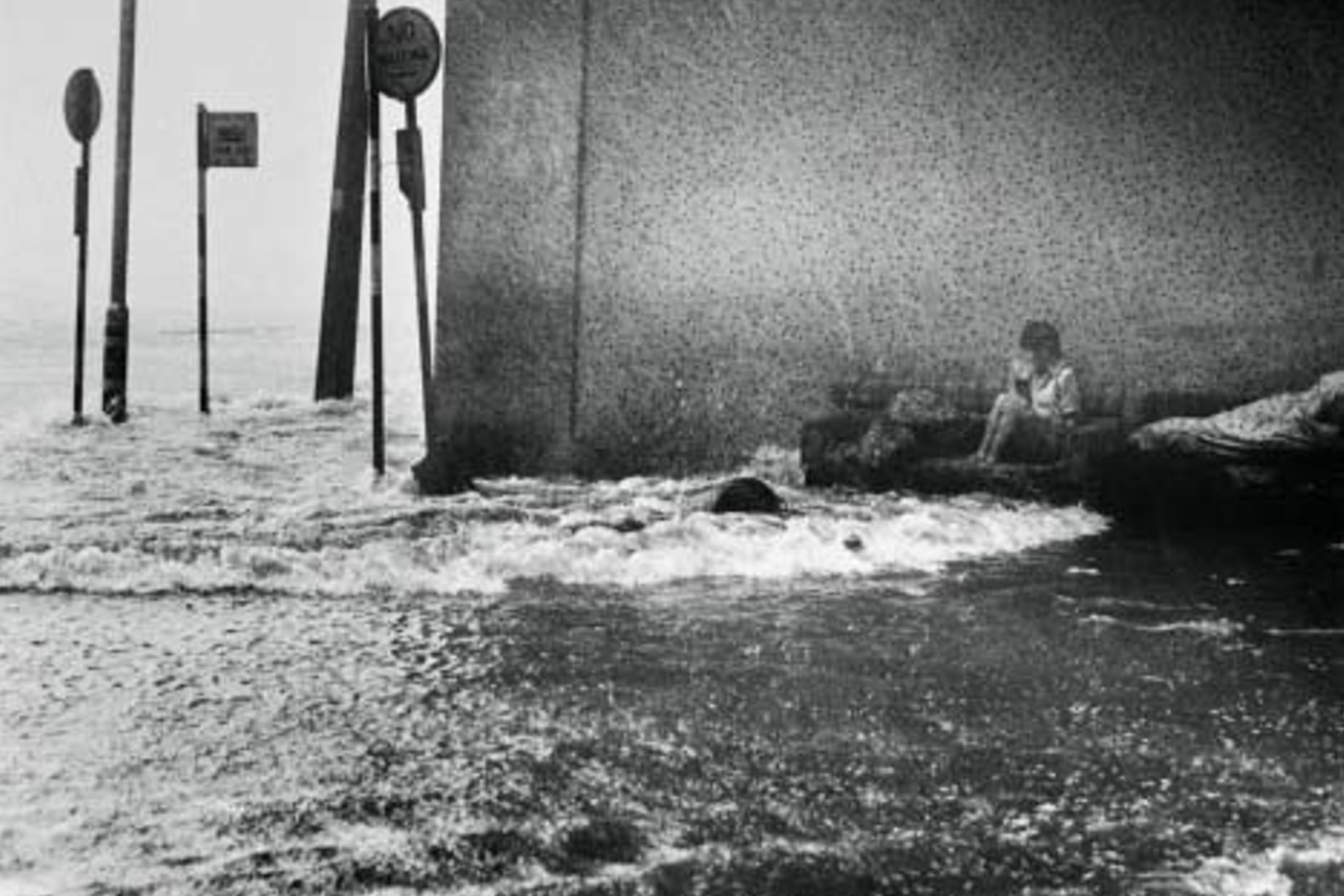
Ellen belongs in the Hong Kong typhoon hall of fame for bringing the first-ever tornado to come the city during a typhoon. It rammed into Hong Kong on September 9, wrecking 22 ships, one of which was the 185-foot yacht Osprey, famous for featuring in the Jackie Chan movie Project A.
By the early 1980s, Hong Kong more resembled the concrete jungle we know today, but Typhoon Ellen was still strong enough to destroy 200 houses, leave 2,000 people homeless, and cause 50,000 people to lose power for four days in Kowloon and the New Territories.
7. Typhoon York (1999)
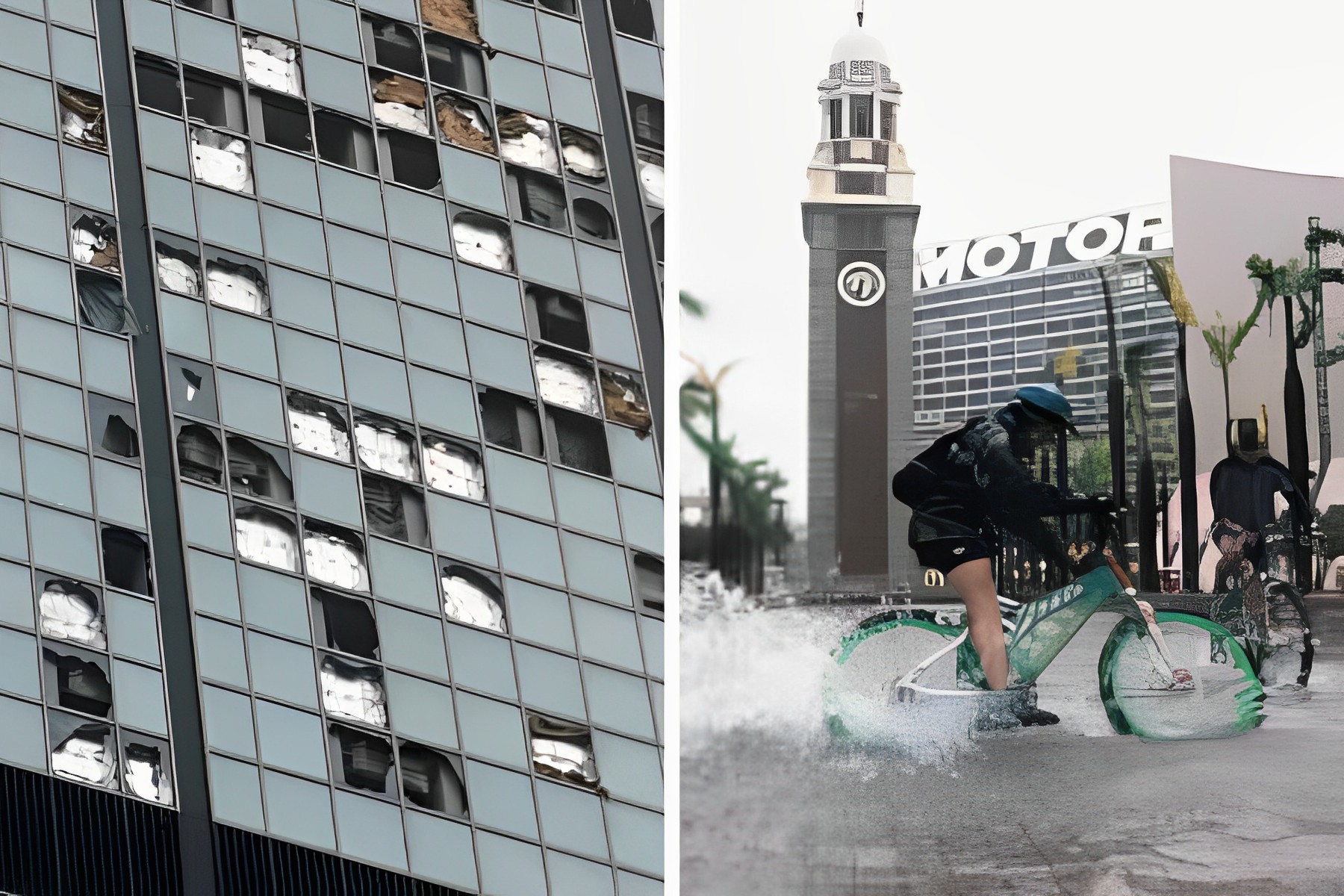
This typhoon that battered the city at the turn of the century had the observatory issue the T10 signal for 11 hours — a record that stands unbroken even today. Its onslaught on Hong Kong began on September 16 and continued into the next day.
During this time, York’s winds inflicted damage on several buildings that define modern Hong Kong. It shattered more than 400 windows of the Inland Revenue, Immigration and Wan Chai Towers, and ripped apart 800 signboards. In what seems like a scene out of a disaster movie, a crane blew off a road, fell 30 stories, and hit a 10-storey flat before finally crashing into the street.
8. Typhoon Vicente (2012)
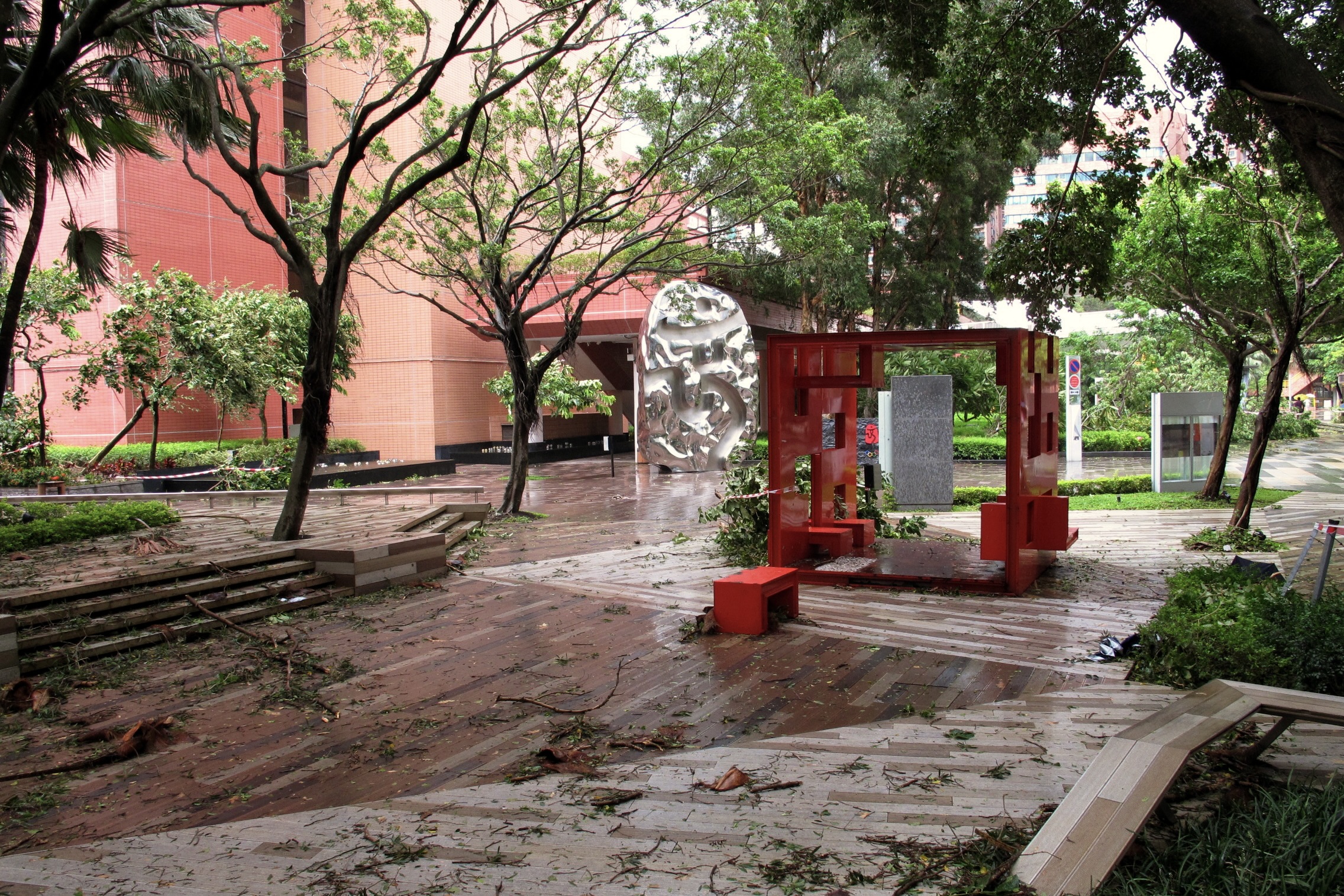
Hong Kong had to wait almost 13 years for its next T10 cyclone, which came in the form of Typhoon Vicente on July 24. While there were no deaths recorded this time, there was extensive damage throughout the city — with 8,800 trees being uprooted, obstructing main roads and disrupting MTR services.
Vicente is remembered for stories about how more than 100 people had to stay at the Tai Wai MTR station overnight and for the unsettled weather it caused days after it left the territory, as the observatory had to issue the Amber Rainstorm Warning Signal several times over the next four days.
9. Typhoon Hato (2017)
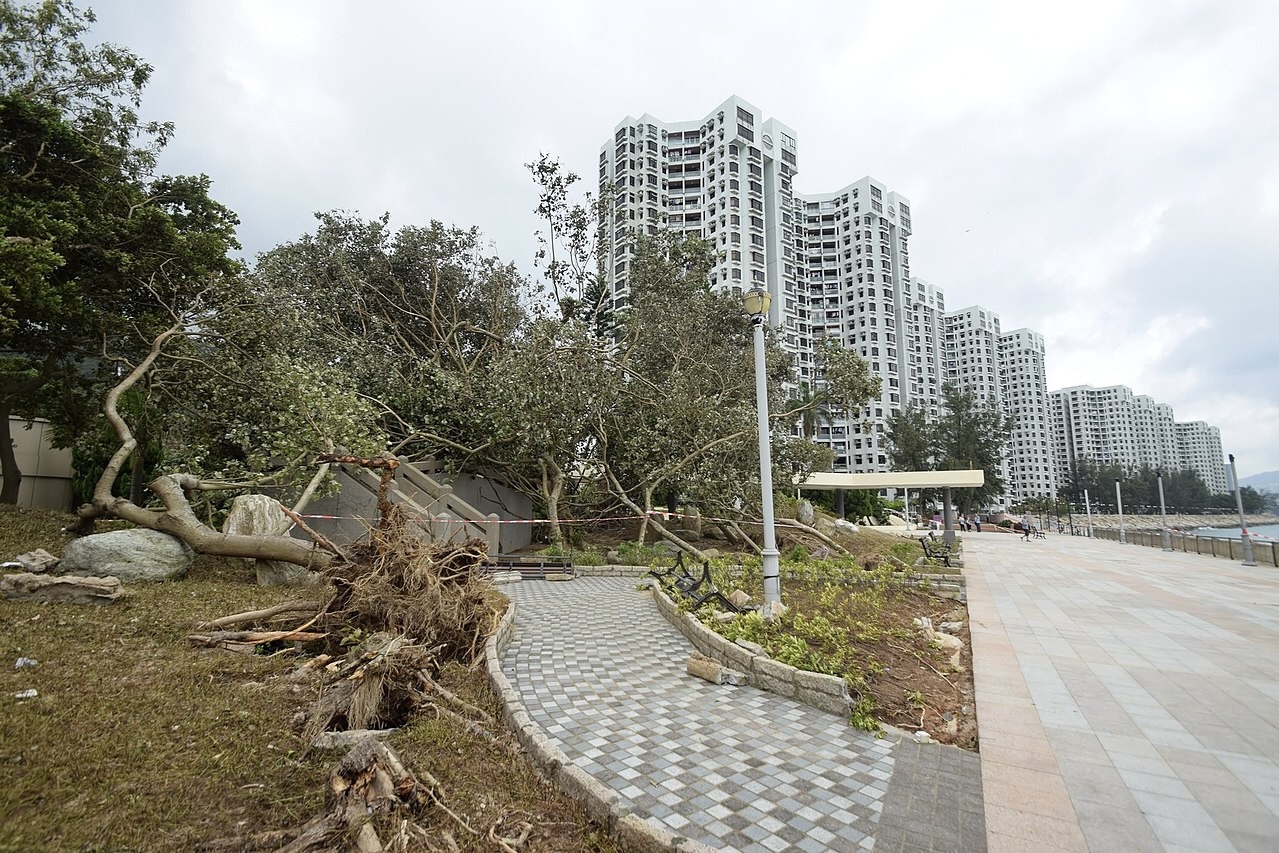
In the run-up to Hato making landfall in Hong Kong, the city recorded a temperature of 36.6 degrees Celsius — the highest in 132 years. The storm also coincided with the highest astronomical tide and a new moon, which caused tides to rise even further.
This T10 typhoon caused more destruction than Vicente, particularly in neighbouring Macau, where 10 people passed away. Once Hato arrived in Hong Kong, it caused serious flooding in low-lying areas like the fishing village of Tai O, Lei Yue Mun, and a car park in Heng Fa Chuen. The SAR also had reports of smashed windows and more than 5,000 fallen trees.
10. Typhoon Mangkhut (2018)
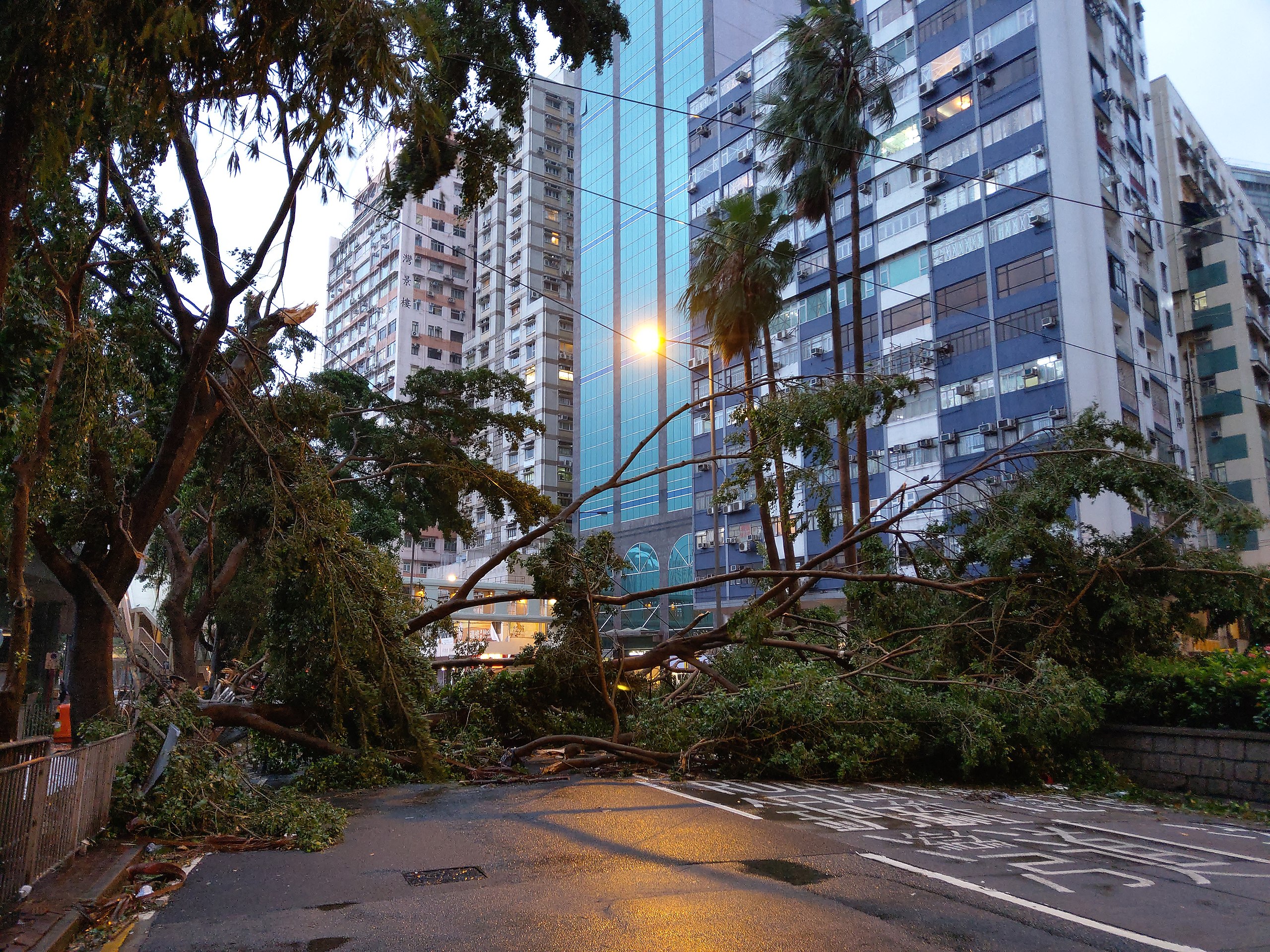
Mangkhut goes down as the most powerful typhoon to ever hit Hong Kong since records started being maintained in 1946 — with wind speeds as high as 285 km/h, and the T10 remaining in force for 10 hours. It struck Hong Kong on September 16 and largely played out on social media — with city residents sharing images and videos of shattered windows, swaying skyscrapers, and crumbling bamboo scaffolding.
Remarkably, there were no fatalities as a result of Mangkhut, but the city bore signs of the destruction it wrought for several days afterwards. The typhoon felled more than 60,000 trees — the highest ever, according to the observatory — which caused massive delays when Hongkongers had to return to work the day after Mangkhut subsided.
Read our explainer to understand Hong Kong’s system of tropical cyclone signals and rain warnings. If you need to prepare for a typhoon in the city, check out our guide on how to get yourself ready for a Hong Kong typhoon.
Header image credits: hugo p via Flickr


